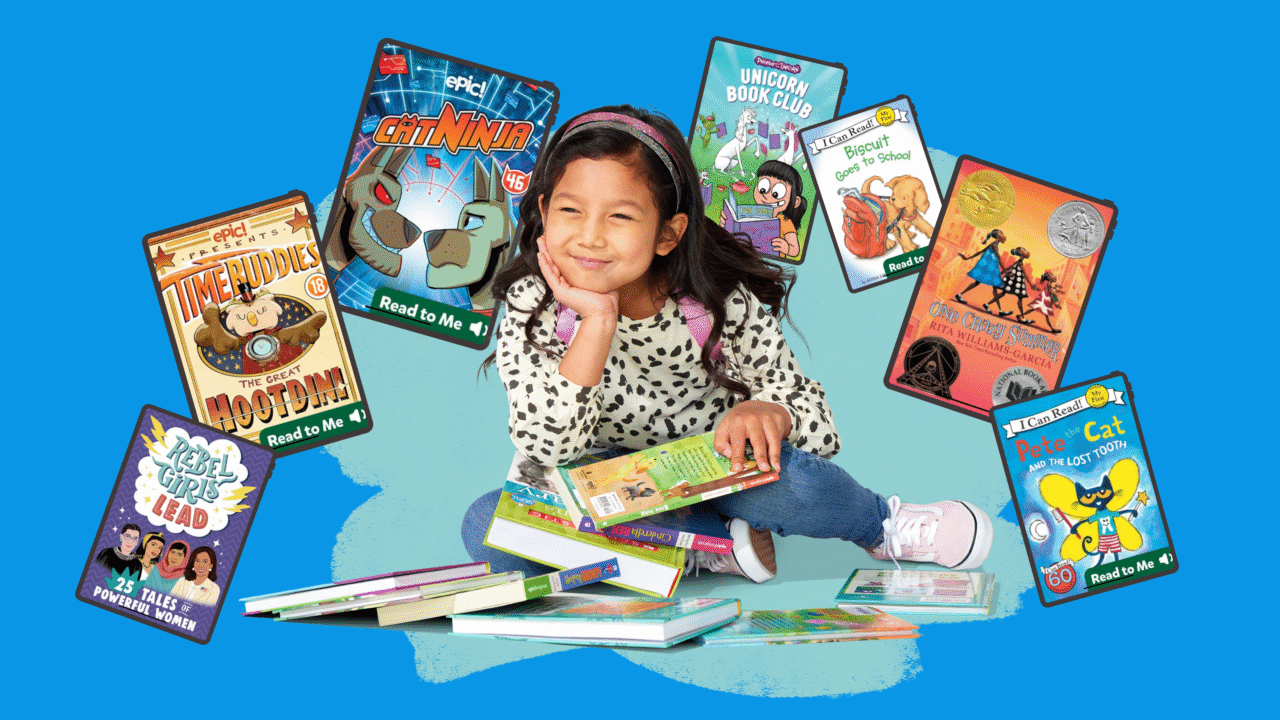Books have always been a gateway to new worlds—some imagined, others rooted in reality. While fiction has the power to ignite creativity and suspend disbelief, stories based on real events often touch a deeper emotional chord. Today’s readers are drawn to both extremes: the heart-wrenching truths found in real story based books and the limitless escapism of fiction novels.
Why Real Story Based Books Resonate So Deeply
In a digital world filled with misinformation and curated perfection, readers are increasingly seeking authenticity. That’s what makes real story based books so compelling. These works—often inspired by true events or personal experiences—bring raw human emotion and lived truth to the page.
What Makes These Stories Powerful?
- Authenticity: They’re grounded in real-life challenges, victories, losses, and transformations.
- Relatability: Readers often see parts of themselves in the struggles and decisions of real characters.
- Educational Value: These books reveal untold histories, unique cultures, or personal perspectives not found in traditional media.
- Emotional Impact: Stories drawn from truth can inspire empathy and spark important conversations.
Whether it’s a memoir of survival, a novel based on wartime experience, or a dramatized account of personal growth, real story based books bring readers face-to-face with the human condition.
The Timeless Allure of Fiction Novels
While truth is powerful, fiction taps into our imagination and allows us to explore the “what ifs.” Through richly imagined worlds, complex characters, and unpredictable plots, fiction novels offer an escape from daily life while also reflecting back our deepest fears and hopes.
Why Do We Love Fiction?
- Unlimited Creativity: Fiction allows for fantasy, alternate realities, magical realism, and more.
- Emotional Journey: Good fiction mirrors human emotions—love, loss, fear, courage—often in more expressive ways than reality allows.
- Safe Exploration: Readers can explore difficult themes like death, betrayal, and conflict in a safe, contained way.
- Cultural Insight: Fiction often explores societal issues, relationships, and identity in unique, metaphorical frameworks.
From classic literature to modern thrillers and romantic sagas, fiction has always been a mirror of human experience—bending reality, but never breaking its connection to our core emotions.
Real Story or Fiction—Which One to Choose?
It’s not about choosing one over the other. In fact, the most meaningful reading journeys often combine both genres.
- Want to understand the human spirit’s resilience? Pick up a real story based book.
- Looking to get lost in a parallel universe or uncover a mystery? Dive into a fiction novel.
Interestingly, the line between the two is often blurred. Many fiction authors take inspiration from real events, while writers of true stories use narrative techniques from fiction to make their stories more engaging. This hybrid style has led to a new genre—creative nonfiction—that combines factual accuracy with the storytelling style of fiction.
Examples of Realistic Fiction That Bridge the Gap
Many celebrated works fall somewhere between real story and fiction. They take real events or issues and craft believable fictional characters around them. Books like The Kite Runner or A Thousand Splendid Suns explore real political turmoil through fictionalized narratives, making them emotionally and historically rich.
Authors who blend both styles offer the best of both worlds:
- A realistic foundation that resonates with truth
- A creative voice that keeps readers hooked
If you’re new to either genre, this blended approach is a perfect place to start.
Why These Genres Are Thriving Today
In recent years, both real story based books and fiction novels have seen a surge in popularity—and not just because of book clubs or bestseller lists. The modern reader values emotional connection, personal insight, and thought-provoking narratives more than ever.
Social media and digital platforms have made it easier for authors to share personal stories or promote creative writing that was once hidden in slush piles. Self-publishing platforms and niche publishers have empowered voices that would’ve gone unheard a decade ago.
As a result, readers now enjoy access to:
- More diverse stories
- Culturally specific narratives
- Unconventional heroes and settings
- Raw, honest explorations of identity, loss, triumph, and purpose
The Role of Authors in Shaping Perspective
Whether writing fiction or truth, authors have the power to shift perspectives. They can shine light on injustice, offer solace in times of grief, or inspire people to take action in their own lives. In this way, both genres serve a shared purpose: to reflect humanity in all its forms.
Authors of real story based books are often survivors, witnesses, or passionate researchers. Authors of fiction novels, on the other hand, might be dreamers, inventors, or philosophical observers of life. But both are storytellers at heart—driven by the need to connect, heal, and provoke thought.
Final Thoughts
Whether you prefer the raw truth of real story based books or the imaginative freedom of fiction novels, one thing is certain: stories matter. They help us understand ourselves and others. They guide us through the toughest emotions and let us celebrate the brightest ones. They entertain, educate, and empower.
So the next time you’re looking for a book that moves you—don’t limit yourself. Pick up one that tells the truth. Then pick up one that makes it up beautifully. Either way, you’re bound to find something that speaks to your soul.






